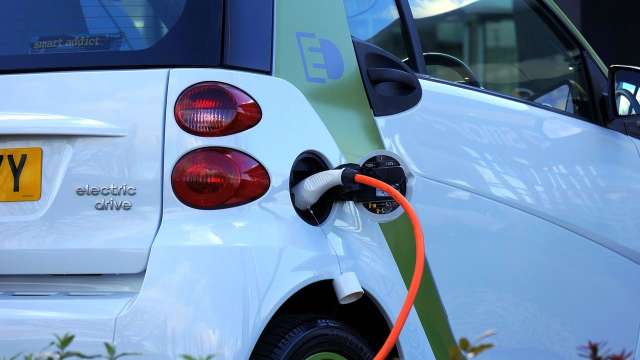What seems logical and clear to people in pictures, can be a huge challenge for artificial intelligence.
Image noise and knowledge logic require new solutions
Basically, two subject areas pose more or less major problems for artificial intelligence in image evaluation. This is the aleatory (random noise on objects) and the epistemic model.
Epistemic logic is one example, when Artificial Intelligence cannot distinguish a street from the sidewalk next to it, because both elements are made of asphalt.
In 3D recordings, this can perhaps be solved through the third dimension. However, such image sources are always available? Probably only in very few cases.
Live evaluation in autonomous driving is still not possible due to a lack of computing power and a certain level of uncertainty, the 3. dimension in this fineness.
In general, this problem can be solved in the learning phase, if you provide the system with further data and the algorithm approaches it with probabilities, that in our example there is a sidewalk next to the road.
When it ultimately comes down to human safety, objects and machines, Probabilities alone are a poor solution.
In such a sensitive environment, further safeguards must be installed. Whether it's radar electronics or distance sensors, must be tested in case of doubt.
For pure image recognition such as X-rays or similar, The algorithm can only be kept under control through an extended learning phase.
Aleatorics easier to solve
The random noise in images (Random) In many cases, this can be contained with higher resolutions. But there is also something to consider, that this can also trigger other sources of error. If the accuracy is too high, you can create new problem areas – depending on the available image material.
For explanation: In aleatorics, blur does not mean the entire image, but the demarcation of objects from one another. A traffic light or a tree trunk can be perceived by the software as jagged or stepped. No problem for a human, However, it is a disruptive factor that should not be underestimated for the program logic.
If there is enough computing power available, The most elegant solution is often to solve the aleatorics in software. With the help of artificial intelligence and an extensive learning phase, image noise can be minimized.
Instinctive actions only under laboratory conditions
Both subject areas are particularly important in the mobility industry. Heavy rain or even snowfall have so far been difficult problems for image recognition in the field of artificial intelligence. For humans it is instinctively clear, that a snowflake on the window or on a sensor does not pose a dilemma – What and how can you prevent artificial intelligence in an autonomous vehicle?, in this case, initiate emergency braking.
Based on my current knowledge, ultimately only a combination of several systems will ensure safe movement. Until artificial intelligence is ready and can reliably interpret human instincts in traffic, years will pass.
When aleatorics and the problems of the epistemic logic of knowledge are solved, is a huge step towards fully autonomous regional driving- and long-distance train done. In contrast to road traffic, the rules and sources of error in rail traffic are more manageable.
Complexity should not be underestimated
I am aware, that the topic is much more complex. To introduce laypeople to the topic, I allowed myself, only the most serious construction sites need to be mentioned.


